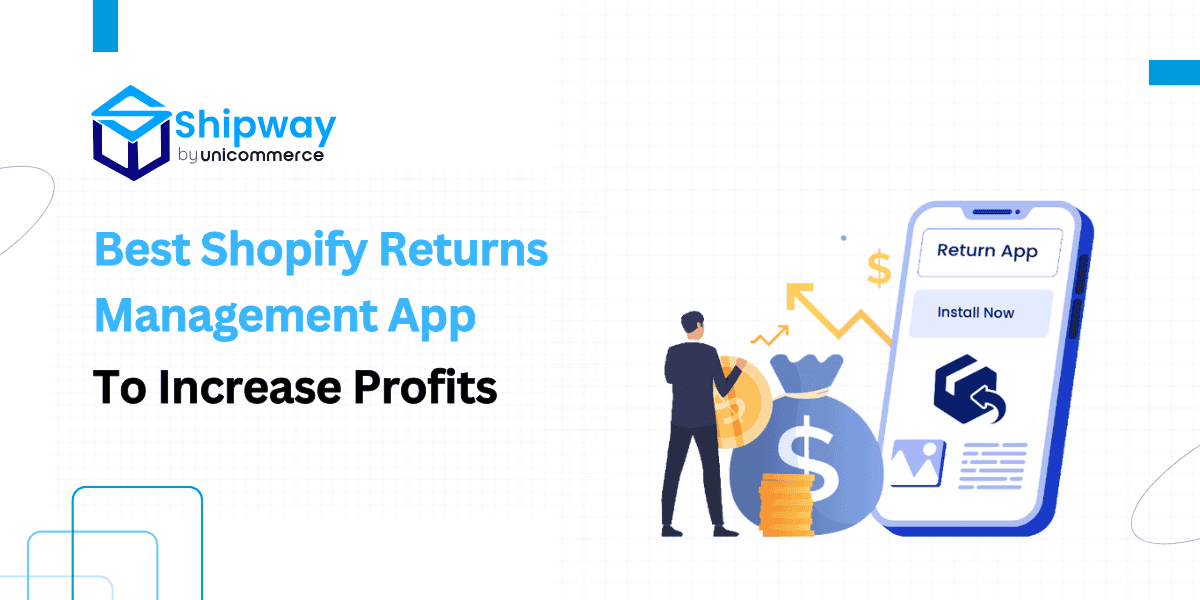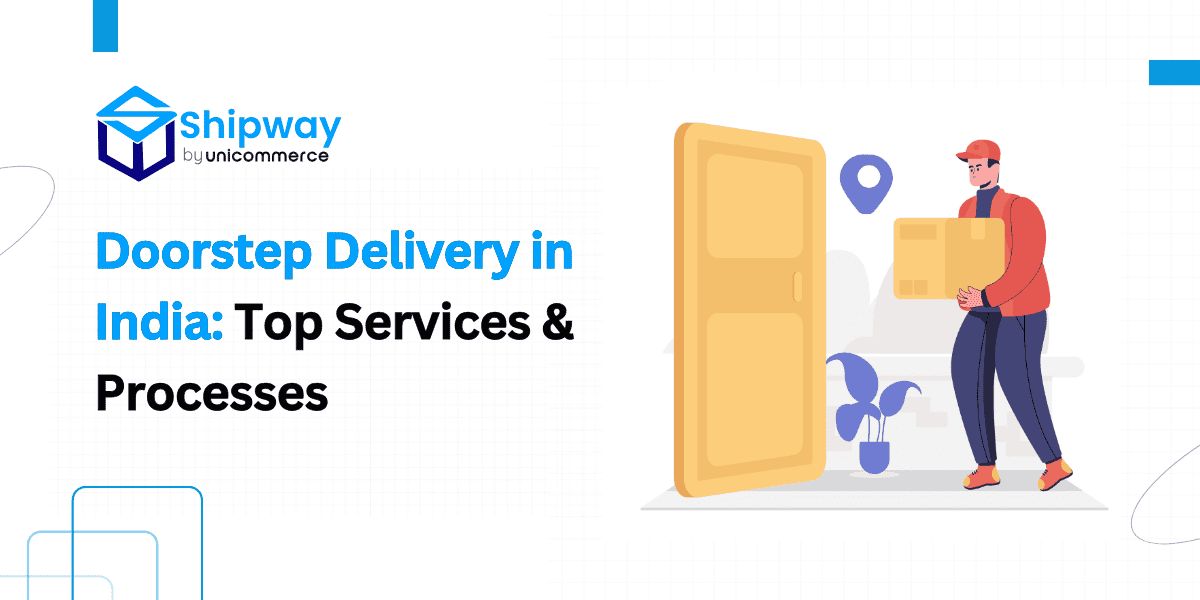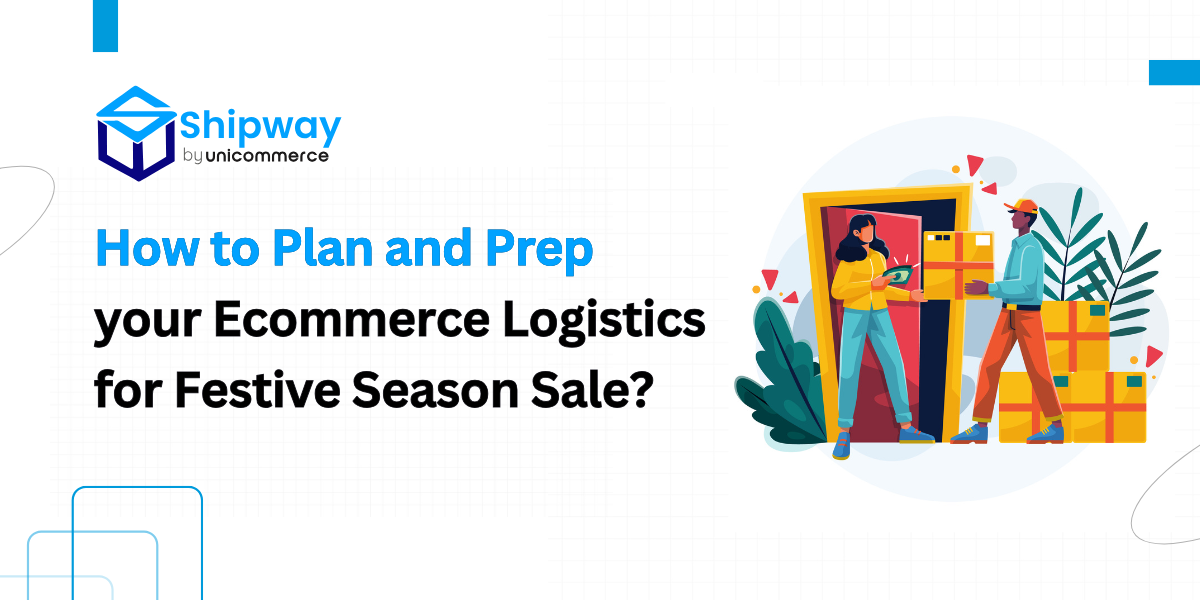Most D2C businesses are growing their e-commerce platforms to increase sales and meet customer expectations, for which they are offering free delivery and free returns, which are statistically increasing their online sales.
Setting up a D2C e-commerce store means much more than creating a website, and promoting the brand, in competition jobs include after-sales, the post-purchase experience for customers, and their product return journey.
How are you managing your time for all these jobs, if you are doing it all manually? Did you know the best way you can bring your customers back is a post-purchase experience?
Within the post-purchase sections of eCommerce, you can generate maximum sales conversions and revenue only from your return page itself.
Losing your focus on product return and the return journey of your customers can affect your store’s profit as per your expectation.
The Challenges In Returns
Online returns have been a difficult challenge for D2C eCommerce brands since the beginning because of both their volume as compared to brick-and-mortar stores and the operational costs associated with them.
While the pandemic brought a boom to the eCommerce industry, the returns also got more critical than before, as online was the only medium for retailers to sell and customers to buy.
Online shopping brings the power of convenience and choice to buy for your customers, but it comes with the price of not being able to “try before you buy”.
According to Happy Returns, while customers return only 10% of what they buy in brick-and-mortar stores, they return up to 50% of what they buy online.
Other than returning order volume, the major challenges with online returns are:
- Taking return queries over call or email.
- Manually managing return tickets.
- Manually processing returns.
- Operational & logistics costs of returns.
What if…? your customers have the freedom to return their products without going through complex emails or chatting with chatbots?
What if…? you can manage the return processing, logistics, and even refunds with an automated platform that can possibly reduce your operational costs by 25%.
Yes. For your and your customer’s ease, you can opt for Shopify return management tools which will help you reduce unnecessary manual operations required for return management.
You need to reduce your overall TAT for returns, set your returns as a growth engine for your eCommerce, and make your customers more loyal.

Best Shopify Returns Apps
Being an entrepreneur and running your D2C eCommerce business, researching the best returns management app is time-consuming. Taking the liberty we have done the homework for you of finding the best Shopify apps for your eCommerce return management.
These apps will be really helpful for you to create an exceptional post-purchase experience by automating the returns process for your store.
Top 7 Shopify Apps for returns management
Analyzing the app store rating, the number of reviews, the app’s top features, and other subjective parameters, we have curated this list of top 7 returns management apps. We hope this will help you in your research to pick the best app for your store.

1. AfterShip Returns Center by Automizely & Aftership
Rating – 4.7 ⭐
Pricing – Free Plan Available
Key features of the app:
- Automate Returns & Exchanges – The app allows your customers to return and exchange their products via a branded return portal. The platform expedites their return shipping with 13+ couriers like UPS & USPS.
- Send Proactive Return Updates – The tool reduces the customer inquiries on your website as well as customer anxiety with on-time return and refund status notifications via email. The app boosts customers’ trust & encourages repeat sales on your eCommerce website.
- Return Labels & Flexible Rules – The tool also enables you to set smart return rules on your eCommerce store to recapture revenue and save costs. Easily generate discounted USPS prepaid return labels with Postmen shipper accounts.
2. Shipway – Shipping Automation by Shipway
Rating – 4.9 ⭐
Pricing – 7-day Free Trial Available.
If you are an Indian D2C eCommerce business, Shipway – Shipping Automation App is the best regional app for your to take care of all your return-related difficulties.
Key features of the app:
- Self-service return automation – The tool enables you to create a branded return portal on your website which simplifies creating return requests on the D2C website itself.
- Returns & Refunds Automation – The platform enables end-to-end returns management for your eCommerce store, it allows you to automatically create reverse pickups, keep track of refunds, and automatically create exchange orders with variants.
- Same-day Refunds – Start initiating same-day refunds with Shipway’s shipping automation app, it allows you a one-click solution for refunds via bank transfer, UPI, and Paytm. For COD/prepaid payments, automate your refunds with Shopify Giftcards and make the transactions super easy.

3. Clicksit Return Center by Clicksit app limited
Rating – 4.8 ⭐
Pricing – Free to Install
Key features of the app:
- Return Labels – Get USPS, Collect+, or InPost return labels automatically sent to your eCommerce customers along with benefit from exclusive flat-fee shipping rates.
- Branded Returns Portal – With ClicksIt return center allow your customers to request returns in seconds from a self-serve portal, all in your branding.
- Refunds & Exchanges – The app helps you streamline your refund processes and automates creating a new order for exchanges.

4. Return Prime: Order Return by Appsdart Solutions Private Limited
Rating – 5.0 ⭐
Pricing – Free Trial Available
Key features of the app:
- Multiple Logistics Integration – Connect logistics account to generate & send return labels instantly to customers. Track your shipment in real-time and know well when it reaches back to the warehouse.
- Instant Support with Live Chat – Get your setup done in just a few steps with the help of our super active live chat support. Install and message us to get started in a few minutes.
- Customize & Translate Flow – Setup different policies for returns & exchange. Offer only returns or exchange, translate customer journey and restrict return on products.

5. Return & Exchange Portal by Return GO
Rating – 5.0 ⭐
Pricing – 14-day Free Trial
Key features of the app:
- Automate Returns Management – Install the app and automate the RMA’s, customer return policy, and a branded self-service return portal. Also to manage returns efficiently turn refunds & returns into exchange or store credits.
- Exchanges & Store Credit – The tool enables the store credit to integrate with your store allowing your customers to use the store credit at checkout with seamless app integration.
- Generate Return Labels – Auto-generate return order shipping labels & automate the return processing with app integrations from Shippo, Shipstation, USPS & more.

6. Returnly by Returnly Holdings, LLC
Rating – 4.0 ⭐
Pricing – 14-day Free Trial
Key features of the app:
- Seamless for customers – Provide your customers more control over their returns experience with a self-serve Return Center on your website, automated emails, and more.
- Automate your workflow – Generate shipping labels with no back and forth and automate return processing, eliminating manual processing.
- Manage returns with ease – Easily manage returned orders in Shopify, set custom policy settings, and brand assets to meet your business needs.

7. Return Management System by Spice Gems
Rating – 4.9 ⭐
Pricing – 30-day Free Trial
Key features of the app:
- Return Multiple Products – Allow customers to return multiple products in a single return request.
- Graphical Reports – Get a bird’s eye view of the most returned products, most common return reasons, etc.
- Send Prepaid Shipping Labels – Send prepaid shipping labels to customers. Let customers print their own prepaid shipping labels.
Wrapping Up
The Shopify returns management apps mentioned above are the best apps, trusted by hundreds and thousands of Shopify merchants. Each platform and tool has its own pros and cons, so you need to consider your requirements for the application that best suits your eCommerce.
Depending on your D2C eCommerce size, the needs, and the challenges your business faces you could make the right choice.
Happy Growing!
You may also like...
Doorstep Delivery in India: Top Services & Processes in Ecommerce
Groceries, medicines, even fuel and water, getting them delivered straight to your doorstep is now second nature. But not too long ago, this level...
read moreHow to Prepare Ecommerce Logistics for Festive Season Sales in 2025?
Festive seasons in India bring a huge surge in online shopping. For e-commerce sellers and logistics teams, this time of year is both a golden...
read moreTop Shipping KPIs & Metrics Ecommerce Brands Should Track in 2025
In ecommerce, fast and smooth delivery can make or break your business. Customers don’t just want good products, they want them on time, in perfect...
read more





